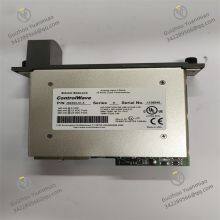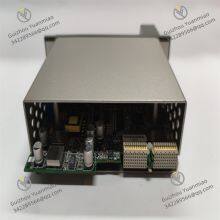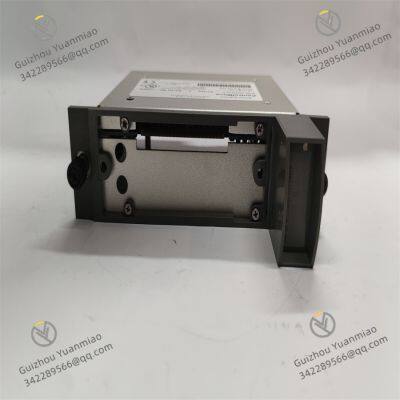Material
Other, Global universal model
Condition
Other, Global universal model
Task
Other, Global universal model
Mathematical Model
Other, Global universal model
Signal
Other, Global universal model
Customized
Non-Customized
Structure
Other, Global universal model
Bristol Babcock 396352-01-4
Functional Features
High-performance Processing: Possibly equipped with an ARM processor, offering excellent performance and low power consumption for efficient processing of analog input signals.
Flexible Programming: Supports IEC 61131-3 programming using the ACCOL III process control function block library, facilitating program design and functional configuration for engineers.
Convenient Communication: May feature one or two optional 100/10MB Ethernet ports for easy data communication with other devices, and up to eleven serial communication ports supporting built-in modems and radio options.
Diversified Configuration: Compatible with 3, 4, and 8-slot bases, as well as 2, 4, and 7-slot I/O expansion bases, enabling flexible configuration for different application scenarios.
Isolation Protection: Optional isolated I/O modules enhance anti-interference capabilities and system stability. It may also be equipped with a security key lock to prevent unauthorized access.
Wide-temperature Operation: Features a broad operating temperature range, capable of working in environments from -40°C to +70°C.

Technical Parameters
Number of Channels: Typically 4 channels per module, divided into 1 group.
Input Types: Supports unipolar voltage (0V-10V), bipolar voltage (-10V-+10V), current (0/4mA-20mA), and therm Resistance inputs like PT100, PT1000, NI1000. Each input can be configured individually.
Input Resistance: >100kΩ for voltage input; ~330Ω for current input.
Filter Time Constant: 100μs for both voltage and current inputs.
Conversion Cycle: 1ms (4 inputs + 2 outputs) generally; 1s for thermistor inputs.
Resolution: 12-bit for 0-10V, -10-+10V, 0-20mA, 4-20mA ranges; ±0.1°C for thermistor ranges.
Conversion Error: Typical value 0.5%, maximum 1%.
Overvoltage Protection: Equipped with overvoltage protection function.

Working PrincipleSignal Acquisition
First receives analog signals from external sensors, which usually represent real-world physical quantities such as temperature, pressure, valve opening, etc. Common signal forms include 0-10V voltage or 4-20mA current. For example, a temperature sensor converts temperature values into corresponding analog current signals. Using the 4-20mA standard, 25°C may correspond to 4mA, and 100°C to 20mA, which the module can acquire.
Analog-to-Digital Conversion
The module's internal analog-to-digital conversion (AD conversion) circuit converts the acquired analog signals into digital signals. This step is crucial because control systems (such as PLCs) typically only process digital signals. The converted digital signals maintain a proportional relationship with the input analog signals, accurately reflecting the magnitude of the original physical quantities.
Signal Transmission
After internal processing, the converted digital signals are transmitted to the connected control system (such as the PLC's CPU module) through specific communication interfaces. The module may support multiple communication protocols to be compatible with different control systems, enabling accurate data transmission and interaction.

Common Faults and SolutionsFluctuating Measurement Values
Possible causes: Unconnected power supplies for the analog input module and field sensors, generating common-mode voltage; or long wiring with poor insulation suffering from electromagnetic interference.
Solutions: Connect the negative terminal of the field sensor to the common M terminal of the module to compensate for voltage fluctuations, ensuring this is the only connection between the two power systems. Alternatively, use the analog input filtering function and select an appropriate filtering intensity based on the situation.
Communication Failure
Check if Ethernet or serial communication cables are correctly and firmly connected.
Verify that the module's communication parameter settings (such as IP address, baud rate) match the connected device.
If the module has a security key lock, confirm it is correctly unlocked; otherwise, communication may be affected.
No Response to Input Signals
Check if input wiring is correct and whether the sensor is working normally (measure the sensor's output signal).
For thermistor inputs, inspect the connection method for correctness and check for open circuits or short circuits.
Confirm that the module's input type configuration matches the actual input signal.














































